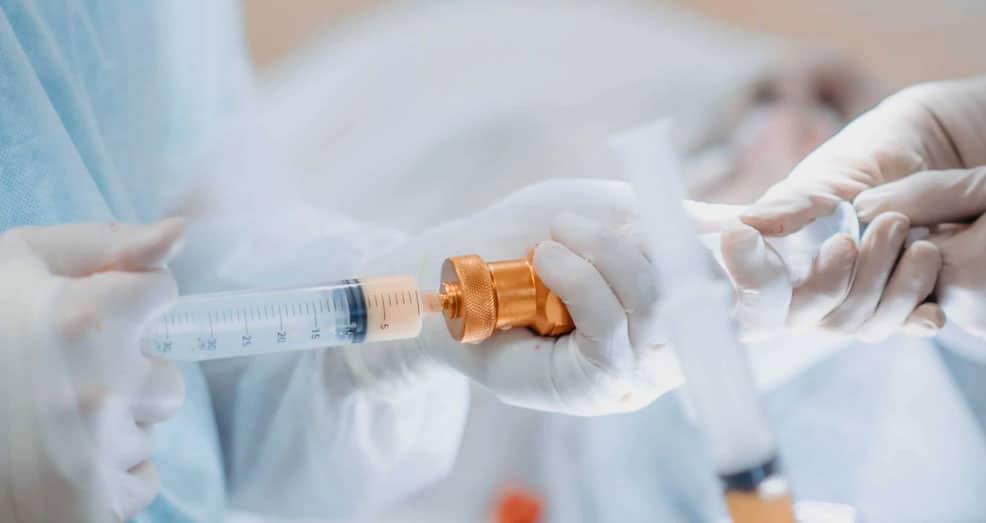Gynecomastia is a condition in which there is an overdevelopment of breast tissue and abnormal accumulation of fat in the chest causing enlarged breasts in men.
Do you know gynecomastia is a fairly common phenomenon among men of all ages? According to research, it affects around 50-60 % of males during adolescence and up to 70% of men who cross the age of 50.
A sedentary lifestyle, obesity, substance use, and abnormal hormones can cause this condition to develop. According to various accounts, more and more men these days are opting for gynecomastia surgery to redefine their upper body contours and achieve chiseled looks.
What is Gynecomastia Surgery?
Gynecomastia surgery, also known as male breast reduction surgery, is a surgical procedure that aims to reduce the size of enlarged breasts in men. It can either be performed through liposuction or mastectomy.
The former technique is less invasive and only targets fat cells, whereas, mastectomy enables Plastic Surgeons to remove the excess glandular breast tissue from the region and readjust the shape and location of nipple-areola-complex if necessary.
An ideal candidate for gynecomastia surgery is an individual who is:
- Unable to decrease their breast size through exercise and dieting
- Maintain a stable weight
- Presenting fully-developed breasts
- Concerned about the way his breasts look
- A non-smoker
Procedure of the Surgery
As mentioned earlier, gynecomastia surgery may be performed through liposuction or excision, and sometimes both. Plastic Surgeons perform the surgery in an outpatient setting by putting the patient under general anesthesia.
During liposuction, several small incisions are drawn over the breasts to enter the cannula that dislodges the fat after introducing a solution which controls bleeding called tumescent solution. Plastic Surgeons can use laser, or ultrasound to liquefy the fat cells present in the breasts. After emulsifying the fat deposits, Plastic Surgeons suction them out to reduce the size or volume of the breasts.
The excision technique involves making an incision along the margins of the nipple-areola-complex to excise the extra breast tissue from the region. It should be mentioned that both techniques serve a different purpose; liposuction removes excess fat and the excision reduces breast tissue and repositions the nipple along with readjusting the size of the areola.
Post-Operative Care
After the surgery, Plastic Surgeons will cover the wounds with dressings, support garments, or bandages to protect them against damage and minimize swelling.
One usually experiences mild pain, bruising, and swelling following the procedure but these signs tend to diminish on their own. Painkillers also help with easing discomfort during the healing period.
Your Plastic Surgeon will advise you to avoid making sudden overhead movements and lifting heavy weights during your healing period.
Recovery Phase
Most patients return to routine within 7-10 days of the surgery. One may rejoin the gym after 3 weeks and begin weightlifting once 6 weeks have passed. Overall, your body can take 2-4 weeks on average to completely heal from the surgery.
Do You Need Help?
Contact us or Book an appointment and our patient care coordinators will identify the most suitable expert for you. Meet one of our Board Certified Plastic Surgery experts at Alshunnar Clinic for a personal consultation session to develop a tailor-made plan for yourself.



